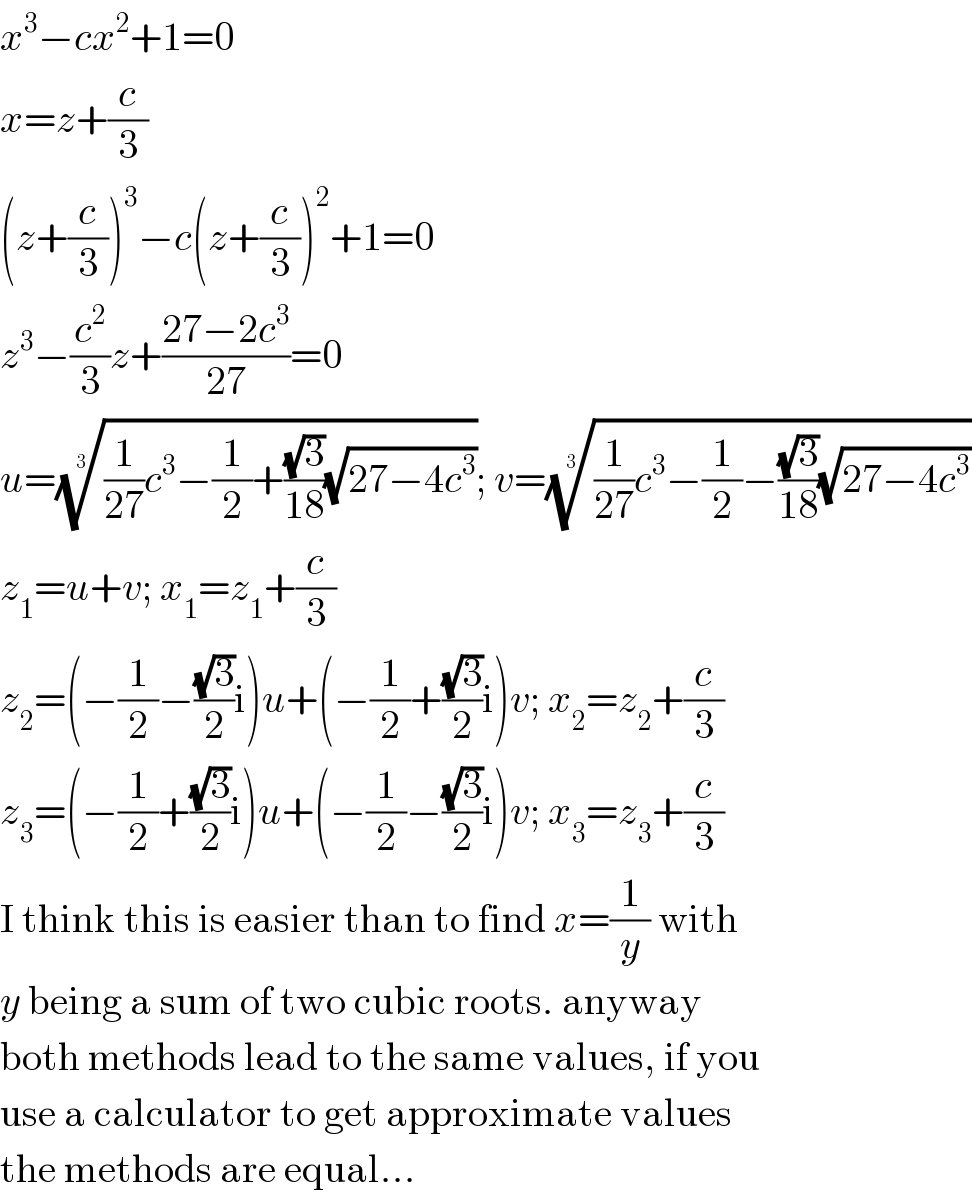
Question and Answers Forum
Question Number 38775 by ajfour last updated on 29/Jun/18

Commented by ajfour last updated on 29/Jun/18
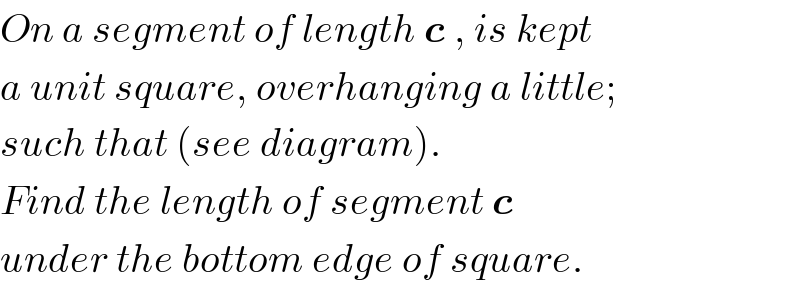
Commented by MrW3 last updated on 29/Jun/18

Answered by MrW3 last updated on 30/Jun/18
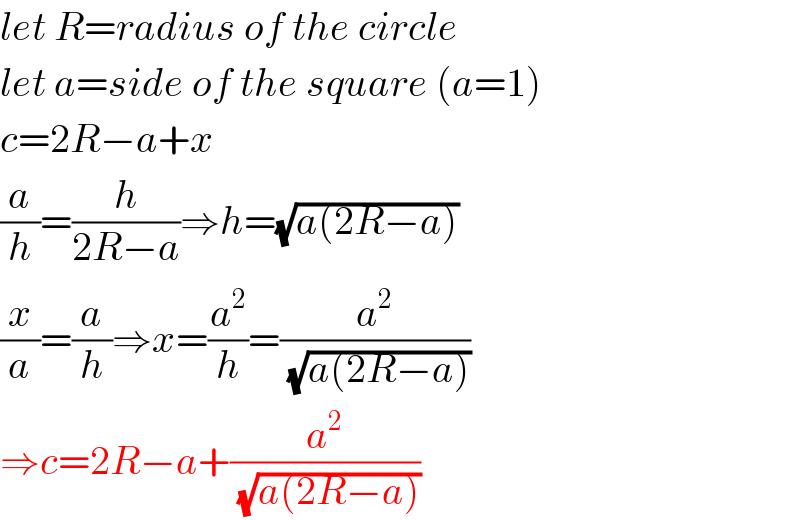
Commented by MrW3 last updated on 30/Jun/18
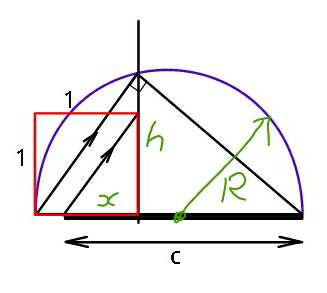
Commented by ajfour last updated on 30/Jun/18
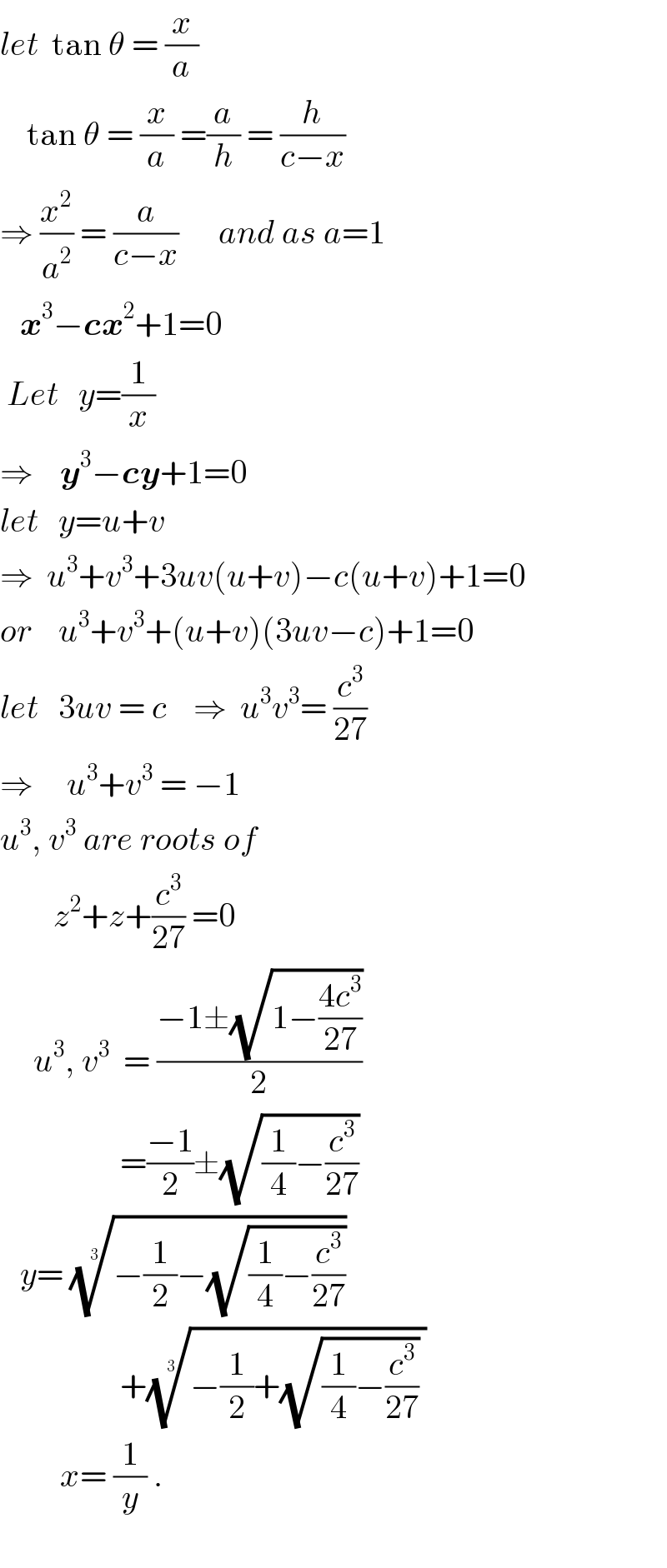
Commented by MJS last updated on 30/Jun/18
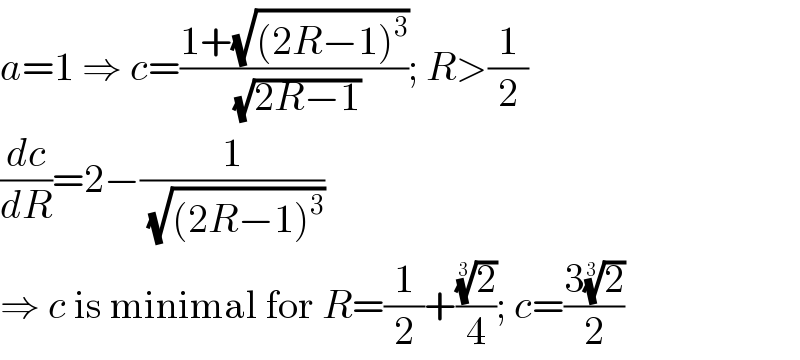
Commented by MJS last updated on 01/Jul/18
